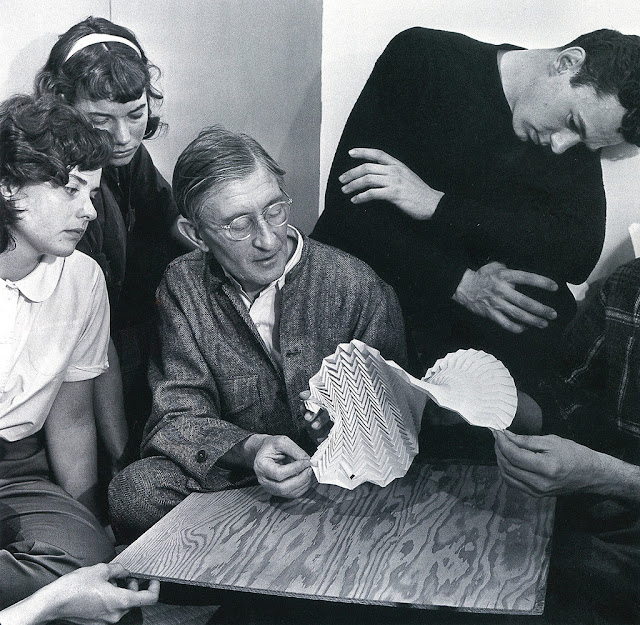Escaping
By CATHLEEN MEDWICK Knopf
Expeditions
Teresa de Ahumada began the first of her many journeys at the age of seven. This was not the usual thing for a well-off Castilian girl in 1522. She lived in Avila, a city of walls within walls: ancient ramparts, built to guard against Moorish invaders from the barren, windswept countryside; church and monastery walls, erected as bulwarks of the faith; and the facades of houses, designed to keep strangers out and family members (especially women) in. A girl like Teresa lived most of her early life in a domestic fortress that looked impregnable from the street but opened interiorly onto patios. She played with her sisters and brothers there and with a select group of relatives whose visits her father allowed. Properly attended, she ventured out to attend Mass and public festivals, but most of the time she stayed home with her mother, who managed a household full of children and servants. If she had been taught to read, a girl might while away the long afternoons with the Flos Sanctorum, a popular retelling of the lives of the saints. By the time she entered her teens, she could look forward to marriage and to a life congruent with the one she knew. The young Teresa had other plans, based on hopes that in those times seemed realistic. Her religion had taught her that life on earth was only a test: if she was chaste and virtuous, she would someday ascend to heaven; if she was immodest and sinful, she would descend to hell. That was the truth, and no one she knew of had ever questioned it. Being a practical-minded, enterprising child, Teresa thought she might find a way to skip the preliminaries. She thought of Saint Catherine writhing on her wheel, of Saint Lawrence burning slowly on his grill, and, most of all, of Vicente, Cristeta, and Sabina, the child martyrs of Avila, who in Roman times had endured blow after blow from their heathen torturers because they had refused to bow to pagan idols. The lovely basilica of San Vicente, just outside the city walls, had been built in their honor. These martyrs, all devout opportunists (just like Teresa herself), had bought passage to heaven with their life's blood. To a girl with an eye for a bargain, this seemed a reasonable price to pay. She knew that the world was only an illusion. La vida es sueño — life is a dream — was a phrase familiar to every Castilian, young and old. But heaven, as she whispered to her eleven-year-old brother, Rodrigo, while they read inspiring stories to one another in their father's library, was para siempre, siempre, forever and ever. If they could just make their way to the land of the Moors (which Teresa thought must be somewhere beyond the treacherous Sierra de Avila), they could shed their own innocent blood for God. Teresa and her brother would burst upon the infidel, proclaim themselves Christians, and promptly get their heads cut off. From there the only place to go was up. Rodrigo had to agree; he didn't really have a choice. So one day his sister packed some raisins in a handkerchief, took the docile boy by the hand, and led him away to glory. Stealing from the house at dawn, they hurried through the narrow cobbled streets, finally passing through the gate and over the Adaja bridge — just as, many centuries before, the sixty brave knights of Avila had marched out the Puerta de la Malaventura to become hostages and have their heads boiled in oil. Emerging alone from that inviolable fortress city, the children must have felt their smallness beneath the vast open sky.










I simply stumbled upon your weblog and wished to mention that I've truly enjoyed browsing your weblog posts.
ReplyDeleteoffice cubicles ft lauderdale